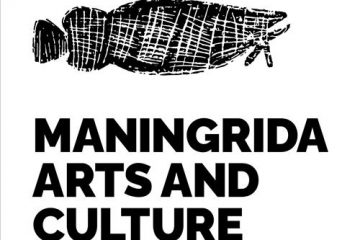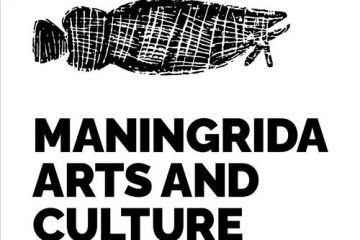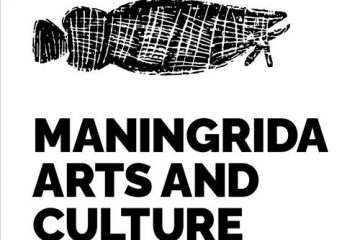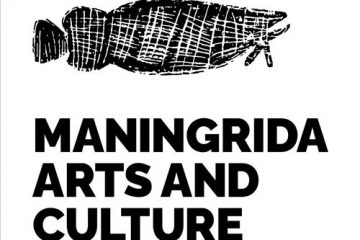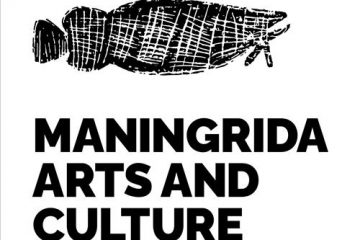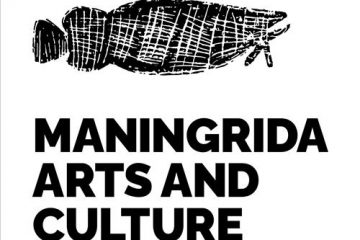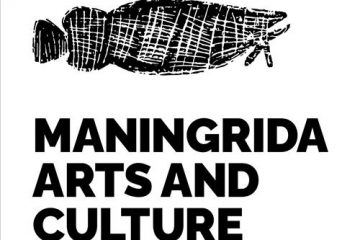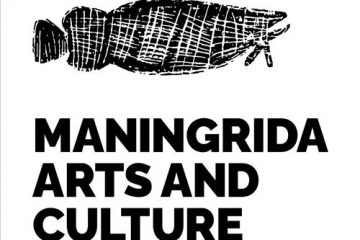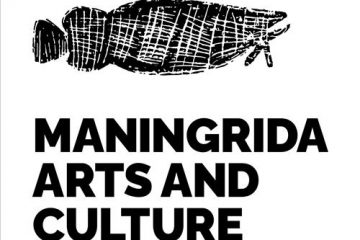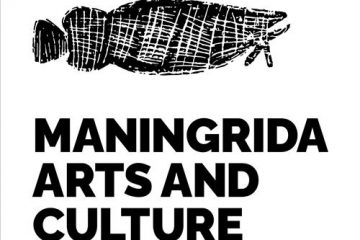Maningrida Arts & Culture
111982401484
An-gujechiya (Fish Trap) To make fish traps and fish net fences artists firstly get vine (mirlarl) from the jungle and they put it in water for one night to make it soft. Next they start weaving it; they make rings for the inside to keep the fish trap’s shape. Artists Read more…
